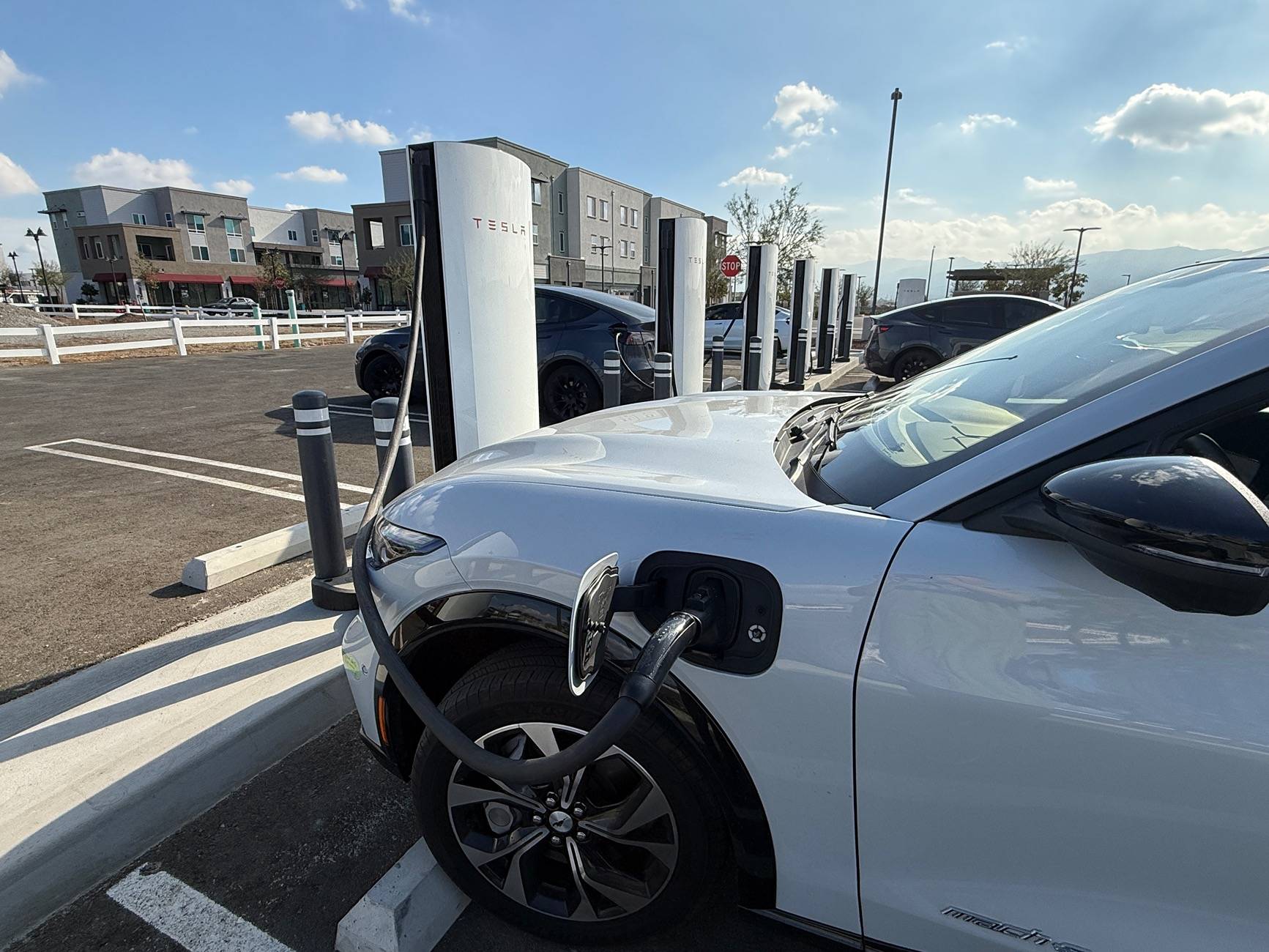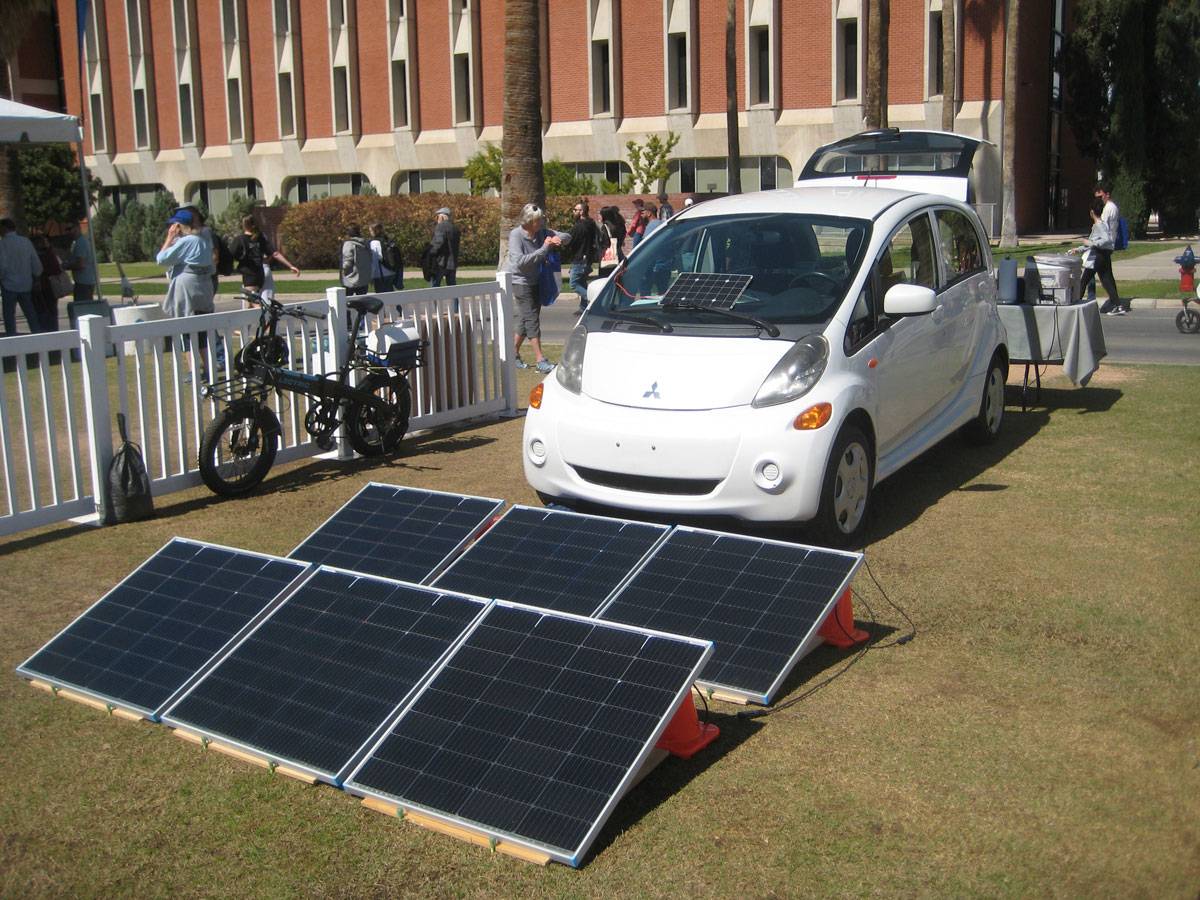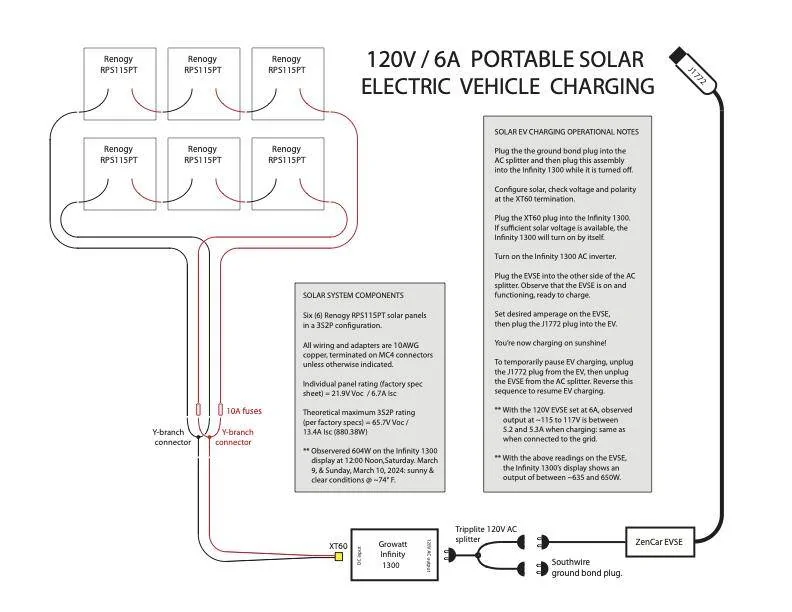sodamo
Well-Known Member
- First Name
- David
- Joined
- May 19, 2025
- Threads
- 7
- Messages
- 846
- Reaction score
- 919
- Location
- Big Island Hawaii
- Vehicles
- Tundra 1794, Subaru Ascent
So, it appears I am the problem.just not flexible enough.I don’t know how many chargers the island is going to have, or what ungodly price they will charge you, but since you really only need to get a few more miles out of the deal you will likely be able to use almost any on the way there or back, and for a pretty brief period of time.
I don’t know how SLATE will do it, but most EVs have a nav system that given your desired destination will make a charging plan, and many take into account current usage and weather the chargers have been reported as working or broken. I know SLATE says they won’t have a touch screen at all, but you can mount a phone or tablet, my guess is they will have an app you can use to do the same job, and if not you might be able to use ABRP to do it (ABRP will require you spend like $7/month or something to get real time data on the chargers though). So you ought to know before you set out if Costco’s chargers are _working_ and if whatever charger it originally decided to send you to gets “too busy” it should offer you a new plan with a charger that is less busy.
You shouldn’t need to “hunt” for anything. It should point you right at a parking lot that has working chargers of the right type and aren’t full (except it likely can’t tell if non EVs are parked in front of some of the spots...maybe the slate can off road well enough to go on the grass on the other side and plug in...)
our typical Costco run
leave house by 7:30 am
stop in Waimea at McD for coffee, maybe a breakfast sandwich. Nope no chargers within walking distance of McD.
arrive Costco 9:30/. 9:45. Yup they do have a single chargers. I”ll have to start paying attention whether in use.
usually spent our $700+ by 11:30
lately been taking advantage of the food court
head home, now if I should need a charge Walmart and Target, maybe a few others within a few miles, so yes I could hope one of those is free, plug in and just twindle my thumbs as I charge. No, having just spent $700+ I don’t need to shop more.
often make a pit stop in Waimea again, but no chargers that side of street either.
usually get home 2:30 ish to unload, put stuff away. Our dogs tell us we’ve been gone long enough. Too warm Konaside to take them and leave in parking lot.
no, looking (hunting) for a charger and adding another half hour isn’t something I chose to do.
have a friend, lives a bit closer and quite anxious her 1st Costco trip with her new Nissan Leaf, regen saved the day. Maybe that will be benefit for me.
Last edited:





